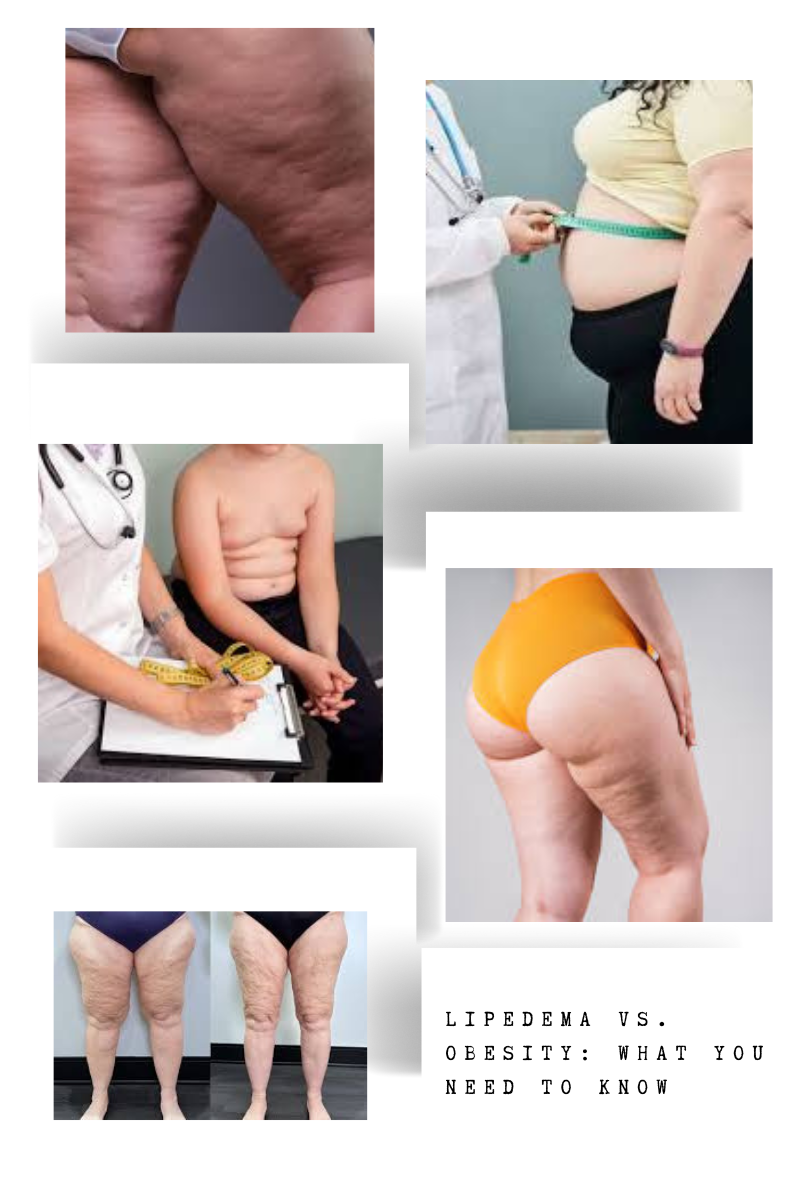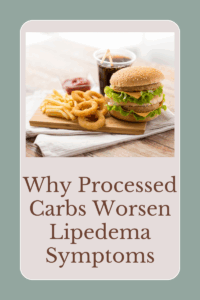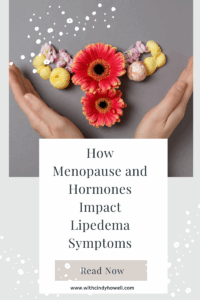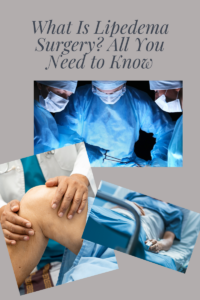Not all fat is created equal. While both lipedema and obesity involve excess fat in the body, they’re about as similar as apples and oranges. Yet, these two conditions often get lumped together (pun intended), leaving many people confused—sometimes even doctors! But fret not, we’re here to break down the differences with clarity, a touch of wit, and a whole lot of heart (because those affected by these conditions sure deserve it).
Obesity vs. Lipedema: What Are They?
Obesity
Obesity is a condition characterized by excessive body fat that results from an imbalance between calories consumed and calories burned. It’s typically measured by a body mass index (BMI) of 30 or higher. With more than 42% of adults in the U.S. classified as obese, it’s a hot (and heavy) topic in the healthcare world.
Causes of obesity can range from:
- Lifestyle choices—snacking on processed foods
- Poor diet—Fast food, we’re glaring at you.
- Lack of exercise—No, walking to the fridge doesn’t count.
- Genetics—Your DNA plays a role in how your body stores and processes fat.
Lipedema
Lipedema, on the other hand, is little-known but just as important. This chronic condition mainly affects women and is marked by an abnormal buildup of fat cells, typically in the legs, thighs, hips, and sometimes arms (but never the hands or feet). Unlike obesity, lipedema doesn’t result from overeating cheeseburgers or skipping the gym. It’s often hormone-related—usually making its debut during puberty, pregnancy, or menopause.
Surprisingly, lipedema affects up to 11% of women worldwide, yet it’s often misdiagnosed or brushed off as “just weight gain.”
The Key Differences
While there’s some overlap between obesity and lipedema, they’re as different as sweatpants and skinny jeans when it comes to causes, physical presentation, and symptoms. Here’s the breakdown:
Fat Distribution
- Obesity usually leads to generalized fat accumulation across the body, focusing on the belly area (hence the “apple shape”).
- Lipedema causes symmetrical fat deposits primarily in the lower body (think pear-shaped)—but it spares the hands and feet. If your pants never fit right while your shoes fit perfectly, hello, lipedema!
Pain-Free vs. Pain-Full
- Weight associated with obesity is generally painless—until you drop a kettlebell on your foot at the gym.
- Lipedema, however, is often painful to the touch, with legs feeling like heavy sacks of wet sand. It’s also marked by chronic swelling and tenderness that doesn’t improve with conventional weight loss efforts.
Skin Texture
- Obesity-related fat typically leads to a smooth texture. Think of overly kneaded bread dough.
- With lipedema, the skin can appear lumpy, nodular, or even “padded,” reminiscent of a mattress topper.
Mobility
- Both conditions can impede mobility, but lipedema stands out for its disproportionate impact; even slimmer women may find themselves struggling to move due to “heavy legs.”
Diagnosing the Mystery
Misdiagnosis? Both conditions could write memoirs on being misunderstood.
- Obesity is easier to diagnose (a quick BMI calculation can do the trick, though BMI isn’t perfect).
- Lipedema? That’s where the real detective work comes in. Many doctors confuse it with obesity or lymphedema, leaving patients frustrated. Early diagnosis is key, so if your symptoms align, advocate for yourself—a second (or third) medical opinion might be needed.
Health Implications
Both obesity and lipedema can come with health baggage, though it’s slightly different between the two.
Obesity:
Obesity carries a long list of potential comorbidities, including:
- Type 2 diabetes
- Heart disease
- High blood pressure
- Joint problems
- Depression and anxiety
Lipedema:
While lipedema doesn’t come with the same metabolic risks as obesity, it’s no picnic either. It might lead to:
- Severe discomfort and pain
- Mobility restrictions
- Lymphedema (a sister condition involving lymphatic fluid buildup)
- Profound psychological effects, as people often feel both misunderstood and isolated or shamed.
Treatment Options
Here’s where things take a hopeful turn. Both conditions are treatable (to differing degrees), but their paths to progress are not the same.
Treating Obesity:
- Healthy Eating – It’s not about eating less; it’s about eating right.
- Exercise – Consistency is key. Even a 20-minute walk can make a difference!
- Behavioral Therapy – Say adios to emotional eating with some professional guidance.
- Medications or Bariatric Surgery – For more severe cases, medical intervention might be required.
Treating Lipedema:
Lipedema laughs in the face of calorie cuts. Weight loss may improve overall health but doesn’t reduce fat deposits caused by the condition. Instead:
- Compression Therapy – Think leggings, but tighter—these help with swelling and support.
- Manual Lymphatic Drainage (MLD) – A specialized massage technique for reducing swelling and improving lymphatic flow.
- Liposuction – Yep, it’s not just a cosmetic thing! Specially-trained surgeons use it to reduce lipedema-related fat effectively.
- Self-Care – Movement, mobility exercises, and even walking in water (a.k.a. aqua therapy).
Finding Support
Navigating either road without a map can feel lonely. Fortunately, there are resources and communities ready to help lift you up (metaphorically—your legs have enough heaviness to deal with):
- Obesity Support Groups – From apps to meetups, there’s ample support for weight management journeys.
- Lipedema Networks – Join forums, Facebook groups, or local chapters to share experiences and tips.
Medical professionals specializing in these conditions—like endocrinologists, bariatric doctors, and lymphatic specialists—can also help steer you on the right path.
Final Thoughts: Know the Difference, Make a Difference
When it comes to lipedema vs. obesity, knowledge is power. Recognizing the differences and getting the right diagnosis is half the battle won. Whether you’re someone grappling with either condition or simply looking to understand them better, empathy and education go a long way.
Curious about taking the next step in weight management or learning more? Connect with a medical professional or find a support community that feels like home. Because no matter what, no one deserves to feel left behind.
Supporting Your Wellness
OX Cindy
Ready to take your journey to the next level? Join the private Facebook community for exclusive support, practical tips, and a group of women who truly understand. Let’s empower each other to thrive—click here to join! https://www.facebook.com/groups/7021999704562921/
What my FREE checklist: Top 5 Food to Avoid for Managing Lipedema! Click there Link: https://withcindyhowell.com/checklist/
Looking for personalized guidance to manage lipedema? Work with me one-on-one to create a tailored plan that fits your unique needs and empowers your health journey. Click here to learn more and get started today! https://l.bttr.to/WaDwK








